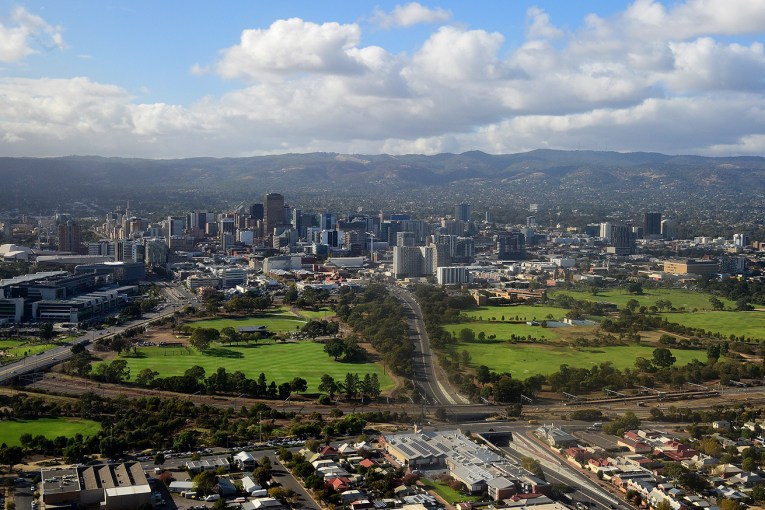Underemployment: A guide to Australia’s latest work epidemic


Underemployment is back to pre-pandemic levels but many workers are still struggling to pick up enough shifts. Photo: The New Daily
Unemployment was unchanged in May. But the seemingly positive numbers are hiding a growing scourge in our labour market: underemployment.
The unemployment rate for May was unchanged at 5.1 per cent, despite participation (the number of people in or looking for work) hitting a record high, according to Thursday’s ABS labour force figures.
And while the unemployment rate was close to the Reserve Bank’s 5 per cent target, the underemployment rate jumped from 8.3 per cent in April to 8.5 per cent in May.
That underemployment particularly affects women and younger workers.
The rate of underemployment for women of working age is around 10 per cent, and for workers between 15 and 24 years, almost 20 per cent.
Underemployment is measured in different ways around the world, but the implications it has for wages and the economy are universally significant.
What is underemployment?
The ABS definition of underemployment includes anyone aged 15 or older “who desires, and is available for, additional working hours”.
They are counted as underemployed as long as they work less than 35 hours a week.
Anything above 35 hours a week is considered full employment. That also applies to people working multiple jobs – if they’re working a combined 35 hours per week, they aren’t considered underemployed, even if they achieve that across multiple jobs or still want more work.
As with unemployment data, the underemployment rate is expressed as a percentage of the participation rate. (The participation rate is the proportion of the working-age population either in, or looking for work).
People who aren’t looking for work (like stay-at-home parents, some retirees, students focusing on their classes etc) aren’t included in the underemployment data as they aren’t ‘participating’ in the labour market.
Underemployment has long been a feature of the labour force, but in recent years it has grown, going from 6.3 per cent in September 2008 to 8.8 per cent in September 2018.
How does that hurt wages?
Speaking to The New Daily, BIS Oxford Economics chief economist Dr Sarah Hunter said the underemployment rate is a key factor in Australia’s slowing wage growth.
Typically, wages growth has been discussed in relation to the unemployment rate, Dr Hunter said, and historically wages in Australia have climbed once unemployment reaches its ‘natural rate’ – presently considered to be 5 per cent.
But in recent months, unemployment has hovered around (and sometimes below) that 5 per cent figure with no change to wages growth, which Dr Hunter said is a sign that underemployment is stagnating wages.
“There’s definitely slack in the labour market,” Dr Hunter said. “And that’s what’s weighing on wages.”
But that slack has been partially hidden by improvements in the employment rate, AMP Capital economist Diana Mousina said.
“We have a bit of a problem in that while the unemployment rate looks OK, it’s definitely hiding some of that underemployment that’s going on,” she said.
“We’re trying to understand why we have this situation where unemployment rates have been declining in Australia, but wages growth hasn’t improved. One of the reasons for that is we still have this spare capacity, indicated by the underemployment rate.”
What does it say about Australia’s economy?
The current underemployment rate makes sense when considered against the rest of Australia’s economy, Ms Mousina said.
“It’s a sign that ultimately we’re not tracking at our full potential, and that’s what all the data is saying,” she said.
“The latest GDP data showed we’re tracking well below our potential for growth, so I’m not surprised we have this situation.”
Ms Mousina said the country needs to “do better” and create more jobs to put more competition into the labour market and lift wages.









